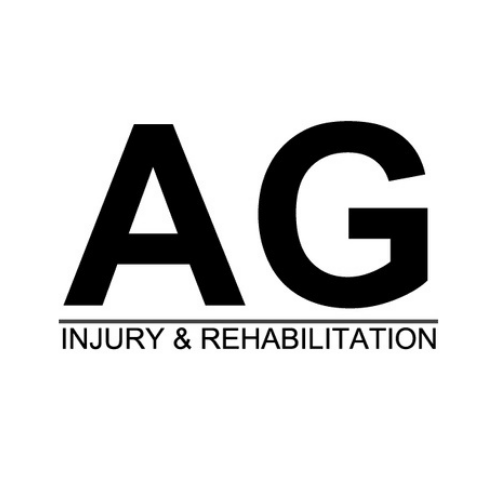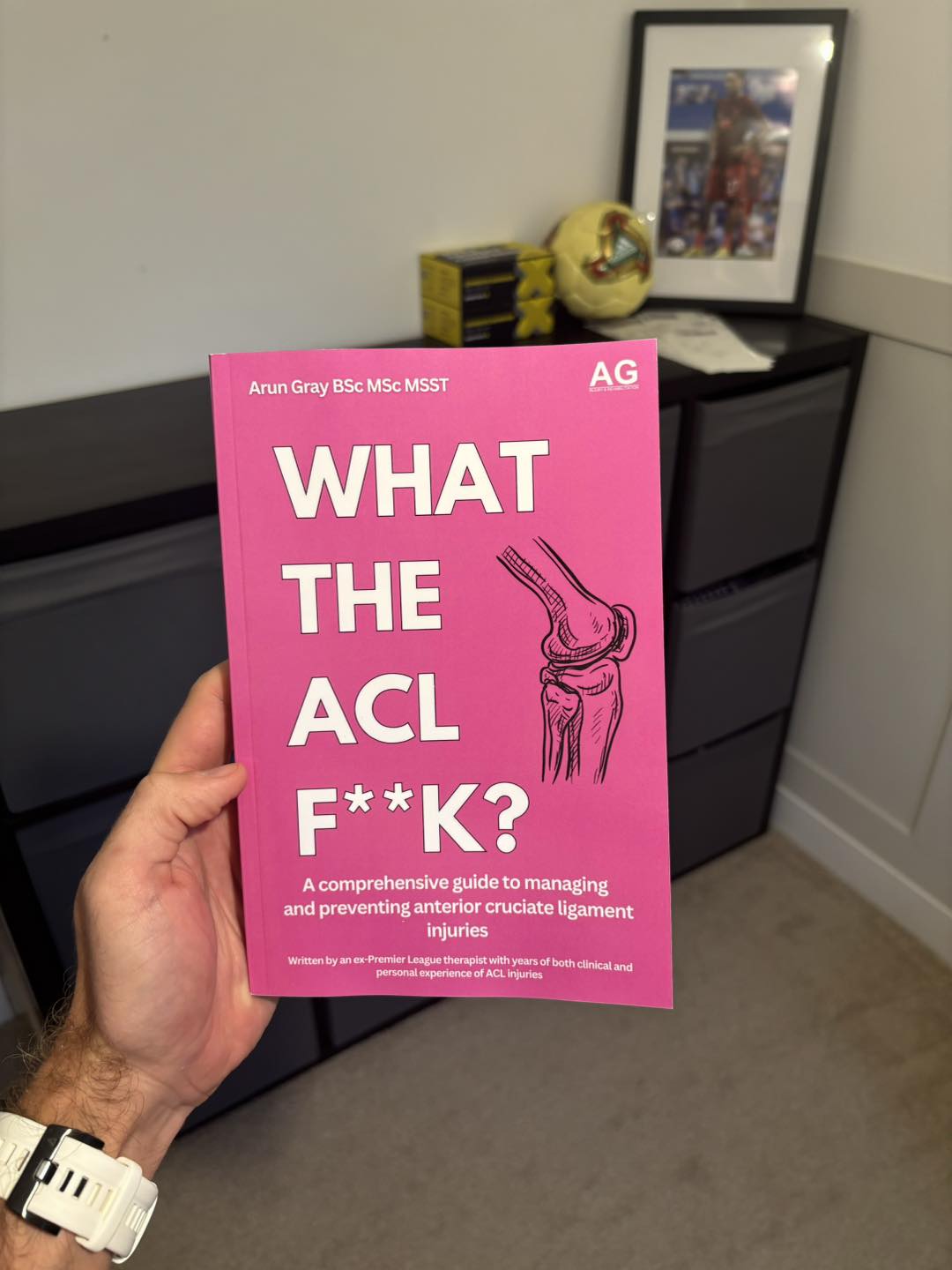Every time you walk, run, or pivot, a remarkable piece of engineering inside your knee is hard at work. The anterior cruciate ligament (ACL), though only about the length of your thumb, proves powerful enough to stabilize your entire knee joint during these complex movements.
This crucial ligament, hidden within the intricate architecture of your knee, plays a starring role in everything from casual strolls to intense athletic performances. Understanding its location and function helps explain why ACL injuries can be so devastating and why proper care of this tiny but mighty structure matters so much.
Inside Your Knee: Understanding the Joint Structure
The knee stands as the largest joint in the human body, working as a complex system of bones, cartilage, ligaments, and tendons. Three main bones form the foundation of this joint: the femur (thighbone), tibia (shinbone), and patella (kneecap).
Four key ligaments work together to keep the knee stable and functioning. The anterior cruciate ligament (ACL) and posterior cruciate ligament (PCL) run through the center of the joint, while the medial collateral ligament (MCL) and lateral collateral ligament (LCL) support the sides.
At the meeting points of these bones, articular cartilage provides a smooth surface for movement. The menisci, which sit between the femur and tibia, act as natural shock absorbers during activities like walking, running, and jumping.
The ACL's Position
The ACL sits inside the knee joint, stretching diagonally from back to front. It starts at the back part of the femur's lateral side and extends to the front of the tibia. This positioning allows the ACL to control forward movement of the tibia and provide rotational support during twisting motions.
The ACL measures between 27 to 38 millimeters in length and 10 to 12 millimeters in width. It consists of two distinct bundles - the anteromedial and posterolateral - which work together to maintain knee stability.
Location and Structure of the ACL
The anterior cruciate ligament (ACL) runs like a strong rope through the middle of your knee joint. It spans diagonally from the back of the femur (thighbone) to the front of the tibia (shinbone), forming a vital connection between these two major leg bones.
Looking more closely at its attachment points, the ACL connects to the inner back section of the outer femoral condyle. From there, it extends downward and forward to attach at the front portion of the tibia's intercondylar area. This specific placement lets the ACL control how the tibia moves in relation to the femur.
The ACL's structure includes two main parts working as a team. The anteromedial bundle, positioned at the front and inner side, and the posterolateral bundle, located at the back and outer side, come together to form the complete ligament. This normal anatomy of the kneehelps the ACL handle different types of stress as you move.
In terms of size, the ACL typically stretches between 27 and 38 millimeters in length. Its width ranges from 10 to 12 millimeters, making it substantial enough to handle the forces placed on the knee during physical activity.
Primary Functions and Stability
The ACL serves as the main stabilizer in your knee, preventing the tibia from sliding too far forward in relation to the femur. It provides about 85% of the total restraining force against this forward movement, making it essential for everyday activities and sports.
Working together with the PCL, the ACL guides the knee's natural motion patterns. As you bend and straighten your leg, these ligaments maintain proper alignment between the bones. The ACL also stops your knee from extending too far backward, protecting you from hyperextension injuries.
During activities that involve quick direction changes, the ACL maintains rotational stability. This becomes particularly important in sports like basketball, where athletes frequently pivot and turn. The ligament's unique diagonal position allows it to control both forward-backward and rotational movements simultaneously.
The ACL functions alongside other knee structures to create a balanced joint system. While the MCL and LCL handle side-to-side stability, the ACL focuses on forward movement and rotation. This teamwork among ligaments allows for smooth, controlled motion during physical activities, from walking up stairs to running on uneven surfaces.
Common Mechanisms and Risk Factors for ACL Injury
ACL injuries often happen during sports activities, particularly in soccer, football, basketball, and skiing. The most common scenarios involve sudden stops, quick changes in direction, or incorrect landing after a jump. These movements put extra stress on the knee joint, making the ACL more likely to tear.
Non-contact injuries make up most ACL tears, occurring when athletes plant their feet firmly and twist their bodies, or when they land with their knees locked straight. Simple movements like cutting sharply while running or stopping abruptly can overload the ACL beyond its capacity.
Female athletes face higher risks of ACL injuries compared to men, especially in sports like soccer and basketball. Several factors contribute to this difference, including differences in leg alignment, muscle strength, and hormonal influences. Female athletes typically show a greater likelihood of landing with their knees in positions that strain the ACL.
Other risk factors include playing on artificial turf, wearing shoes with high-traction cleats, and participating in sports that demand quick pivoting movements. Weather conditions can also play a role, as wet or slippery surfaces might lead to awkward movements that stress the ACL. Athletes who play multiple games with limited rest periods between them may face increased injury risks due to fatigue.
Significance of the ACL in Sports
Athletes rely heavily on their ACL for quick movements and directional changes common in competitive sports. This ligament plays a central role in maintaining knee stability during activities that require sudden stops, sharp turns, and jumping movements.
Sports like soccer, basketball, football, and skiing put intense demands on the ACL. Soccer players need their ACL for quick direction changes while dribbling and defensive maneuvers. Basketball athletes depend on it for jumping, landing, and rapid court movements. Football players stress their ACL during cutting movements and tackles, while skiers need it for maintaining control during downhill runs.
ACL injuries can keep athletes off the field for extended periods. Professional sports data shows that players typically miss 6-9 months of play after an ACL tear. In the NFL, about 250 ACL injuries occur each season, affecting team performance and player careers.
The impact extends beyond professional sports. High school and college athletes face similar risks, with studies showing over 200,000 ACL injuries annually in the United States. Sports medicine specialists note that proper functions of products like protective gear allows athletes to perform at their peak while reducing injury risk during intense physical activity.
Physical activities requiring fast-paced movements and sudden directional changes place the greatest stress on the ACL. Understanding this connection helps athletes and coaches develop training programs that support knee health and maintain competitive performance.
Prevention and Rehabilitation of ACL Injuries
Regular training and correct movement patterns help protect the ACL from injury. Athletes can reduce their identification of risk factors through specific exercises that strengthen leg muscles, especially the hamstrings and quadriceps. Proper landing techniques during jumps and maintaining good form during quick directional changes also lower injury chances.
When ACL tears occur, surgery often provides the best path to recovery. During reconstruction, surgeons replace the damaged ligament with tissue from another part of the body or a donor. They create small holes in the femur and tibia, then thread the new tissue through these tunnels to mimic the original ACL position.
The path to recovery follows a structured timeline. Physical therapy starts within days after surgery, focusing first on reducing swelling and restoring basic knee movement. As healing progresses, exercises target muscle strength, balance, and coordination. Patients typically start with simple movements like straight leg raises and progress to more complex activities.
Return to sports happens gradually, usually taking 6-12 months. Athletes must meet specific strength and movement goals before returning to play. Tests measure leg strength, jumping ability, and movement control to ensure the knee can handle sports demands. Success rates for ACL reconstruction remain high, with most patients returning to their previous activity levels.
The Vital Role of Your ACL
The anterior cruciate ligament's strategic position within your knee joint makes it an irreplaceable component of human movement. From its diagonal path through the knee's center to its precise attachment points on the femur and tibia, every aspect of the ACL's location serves a specific purpose in maintaining joint stability and function.
Understanding where the ACL is located and how it works doesn't just satisfy scientific curiosity – it provides valuable insights for injury prevention and rehabilitation. Whether you're an athlete looking to protect your knees or someone recovering from an ACL injury, this knowledge forms the foundation for maintaining healthy, stable knees throughout your life.

